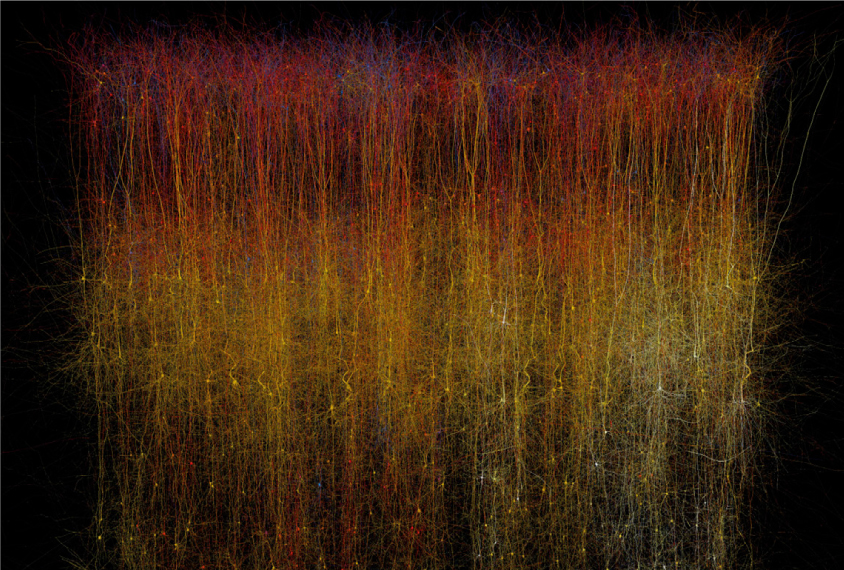WEEK OF
October 12th
Ever since Apple announced ResearchKit, a tool for developing health apps, six months ago, autism researchers have been eager to transform iPhones into screening tools and symptom trackers.
Now the first app is here. Developed by researchers at Duke University in Durham, North Carolina, the app, called ‘Above & Beyond,’ uses questionnaires and videos to flag possible autism symptoms in children ages 1 to 6 and to encourage parents to seek out a specialist.
“Early detection of children with autism can help us intervene earlier, which greatly improves outcomes,” Geraldine Dawson, director of the Duke Center for Autism and Brain Development, said in a statement.
Right now, the app is simply a research tool that will help scientists gauge the feasibility of an iPhone screening device. The app will also give parents tips on how to manage problem behaviors, such as temper tantrums.
The wiring of your brain is unique like your fingerprint. It distinguishes you from everyone else, according to a study published Monday in Nature Neuroscience.
Using data from the Human Connectome Project — a $40 million effort to illuminate the circuits of the brain — researchers mapped the connections in the brains of 126 adults as they rested or performed memory and language tasks in a scanner. In most brain regions, the connections were similar across individuals. But those between some regions of the frontal and parietal lobes were so unique that the researchers could use them to identify individuals based on their brain activity during different tasks.
The findings could help researchers tailor treatments for certain disorders, such as autism, to people with particular patterns of brain connectivity.
“We have hundreds of drugs for treating neuropsychiatric illness, but there’s still a lot of trial and error and failed treatments,” Emily Finn, a graduate student in Todd Constable’s lab at Yale University, told Nature. “This might be another tool.”
Speaking of tailored treatments, a review in yesterday’s Science argues that autism’s heterogeneity makes it ideally suited for ‘precision medicine.’
The paper drives home the need for biomarkers that can predict which individuals will benefit most from a particular treatment. It also emphasizes the importance of testing different combinations of drugs and behavioral interventions.
Using a drug to correct a specific brain abnormality may not always affect behavior, which is complex and involves many brain regions. It could, however, boost the effects of behavioral interventions, wrote the reviewers, Mustafa Sahin of Harvard Medical School and Mriganka Sur of the Massachusetts Institute of Technology.
Researchers have digitally reconstructed a microscopic morsel of rat brain in exquisite detail (see image below), revealing roughly 31,000 neurons and about 37 million neuronal connections, or synapses.
The effort was part of the Blue Brain Project — a 20-year collaboration to simulate the brain in a supercomputer to glean the biological basis of cognition.
“We have a complicated system that we want to understand. In my view, the way to understand a complex system is to build it step by step,” Idan Segev, professor of neurobiology at the Hebrew University in Jerusalem, Israel, said in a video abstract for the study published last week in Cell.
The reconstruction also reveals the tremendous heterogeneity within a tiny grain of brain. The researchers identified more than 200 subtypes of neurons with different physical and electrical features.

Neuroscientists have longed loved a species of worm called C. elegans for its simple, well-mapped nervous system. But it turns out the tiny nematodes have two neurons that no one knew about.
“It is a bit of a shock,” Richard Poole, a developmental biologist at University College London, told Nature. He helped to make the discovery, reported Wednesday in the journal.
The ‘new’ neurons, dubbed MCMs for ‘mystery cells of the male,’ reside near the noses of male worms and help them to prioritize sex over food.
By joining the discussion, you agree to our privacy policy.